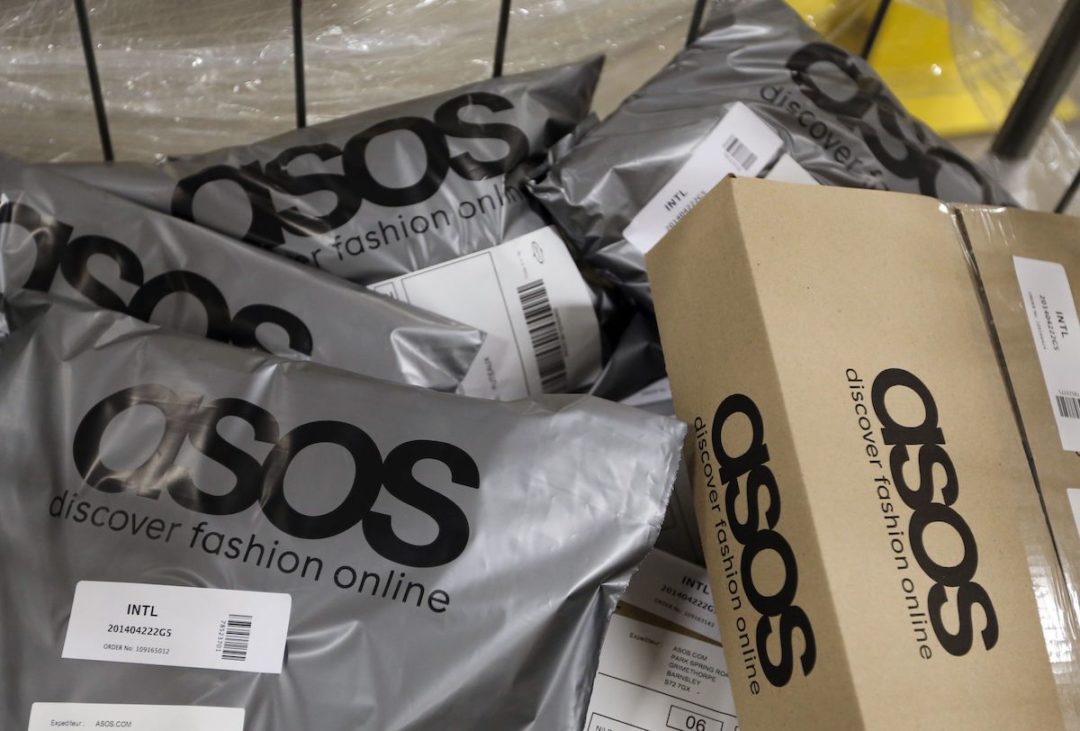
Visit Our Sponsors |
|
|
|
|
|
|
|
|
|
|
|
|
|
|
|
|
|
|
|
|
|
|
|
|
|
|
|
|
|
|
|
|
|
|
|
|
|
|
|
|

Cautious shoppers have kicked off the year with a flurry of returned goods, spelling a headache for retailers and highlighting how squeezed consumers have become by the higher cost of living.
Returns rose 20% in January at ReBound, a firm which handles returns for retailers, as shoppers worldwide become more selective due to tighter budgets. The company’s clients include footwear brand Crocs and outerwear label Helly Hansen.
More retailers are starting to charge shoppers for sending back online purchases, with UK fashion chain New Look introducing a fee following similar moves by Zara and Boohoo Group Plc last year.
The highest inflation in around four decades is weighing on consumers and driving them to prioritize essentials like food and heating. With more shoppers buying on credit and returning goods to stores, the better-than-expected sales at Christmas may not have been as meaningful as some observers hoped.
“People are being a lot more picky about what they want to keep,” said Pippa Stephens, an analyst at research and consulting firm GlobalData Plc in London. “A lot of retailers are struggling with it.”
Returns are costly for retailers both in lost revenue and in the cost of trying to turn around an item to be sold again. In the UK alone, about £6 billion ($7.2 billion) worth of goods were returned last year and that’s expected to increase to more than £7 billion by 2027, according to GlobalData. The biggest driver is ill-fitting clothing and footwear.
Boohoo warned of significantly higher return rates when the company slashed its profit guidance in September and since then the fast fashion retailer has said sales will drop about 12% in its financial year, which ends this month.
Sizing Up
Rival Asos Plc also partly blamed returns for lowering guidance and last month the retailer said the trend isn’t winding down. Unlike Boohoo, which charges £1.99 per package, Asos has kept free returns partly because it stocks more than 850 brands, so sizing is often unpredictable for consumers. Chief Executive Officer Jose Antonio Ramos Calamonte has called free returns a key part of the company’s strategy.
Returns have ramped up since the pandemic when lockdowns meant that most clothing purchases were for loungewear, which doesn’t need such an accurate fit. The return to work and events, coupled with the higher cost of living, has made consumers demand more from new outfits.
“At the moment consumers are only keeping what they really love,” said Jelle Schoenmaker, managing director at ReBound. “Skyrocketing household bills have turbocharged this trend.”
In the UK alone, returns between Christmas and New Year rose by 26% to more than 50,000 parcels, according to ParcelLab, which works with brands such as H&M and Bose.
Waste
The problem has meant mountains of goods left to rot in landfill, with only 75% of returned products being resold. Warehouse provider GXO Logistics Inc. is helping retailers to get items back out to customers by re-labeling, cleaning and fixing broken products. Last year more than 1 million consumer electronics were returned to GXO across Europe and at least 90% were resold, according to Neil Shelton, its chief strategy officer.
“We’re seeing a significant push from companies to reuse inventory that is returned and drive a sale, hopefully at full price,” said Shelton, whose firm provides warehousing for retailers including Currys Plc, Marks & Spencer Group Plc and Asos.
Shelton gave the example of one retailer where it was only financially viable to repurpose goods for resale if they’re worth £25 or more, due to the costs involved. GXO used technology and warehouse logistics to bring that down to £7, he said. Still in some cases, Amazon.com Inc. and Target Corp. are letting customers keep low-value goods with a full refund to avoid the cost of turning around a return.
RELATED CONTENT
RELATED VIDEOS
Timely, incisive articles delivered directly to your inbox.



.jpg?height=100&t=1715228265&width=150)
.jpg?height=100&t=1715141311&width=150)

